It's Valentine's Day and people are sharing the love. But how do you make sure Cupid's arrow hits the hearts of your audience? How do some public speakers create a love fest while others fail to seduce the crowd? Here are some tips to grab audience attention and have them wanting more.
- Warm Up Just like the art of seduction, a good public speaker greets the audience before speaking, sets the stage, and makes them feel comfortable. Smile and be friendly. It's about creating rapport.
- Start with a Hook. Too many presentations begin with "Today I want to talk to you about...That's an invitation to check email. Begin with a startling statistic, a quote, or a benefit to the listener. Ask yourself, "What are three benefits to this audience?" Identify the number one benefit to them and that's your hook.
- Make It About Them-Most presenters are speaker-centered, not listener-centered. Appeal to the self interests of the audience and they'll listen.This involves pacing the group and speaking their language.There is an energy and rhythm to an audience.If they're quiet and reserved come to them slowly and quietly. If it's an energetic, expressive group, match their explosive energy.Give them real value and use examples to show you understand their world. People like people who are like them.
- Find the Funny-People love to laugh. An audience will often give higher marks to funny speakers so build in humor. You fall in love because of how the person makes you feel. It's the same with public speaking. An audience wants to be entertained.
- Engage-Nobody likes listening to a talking head. Imagine a date where a person talks at you and never asks about you..Adult audiences want to be participants. Engage the audience with questions, polls, exercises, discussions, and stories. Nothing connects better than a story. When you tell your story,the audience will connect to you.
- Build Anticipation-To keep an audience with you, use the technique of salting.Introduce an idea but don't give them the answer.During a media interview, a guest told the TV host that there were three critical communication skills. He said, "You've used one of them." He then continued talking. The host interrupted and said, "What was it?" Like a good tease, let the audience know you'll tell them by the end of the presentation.They'll be sitting on the edge of their seats. And that's how you keep them in the palm of your hand.


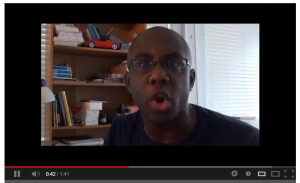 Facebook has launched video advertising reports the
Facebook has launched video advertising reports the 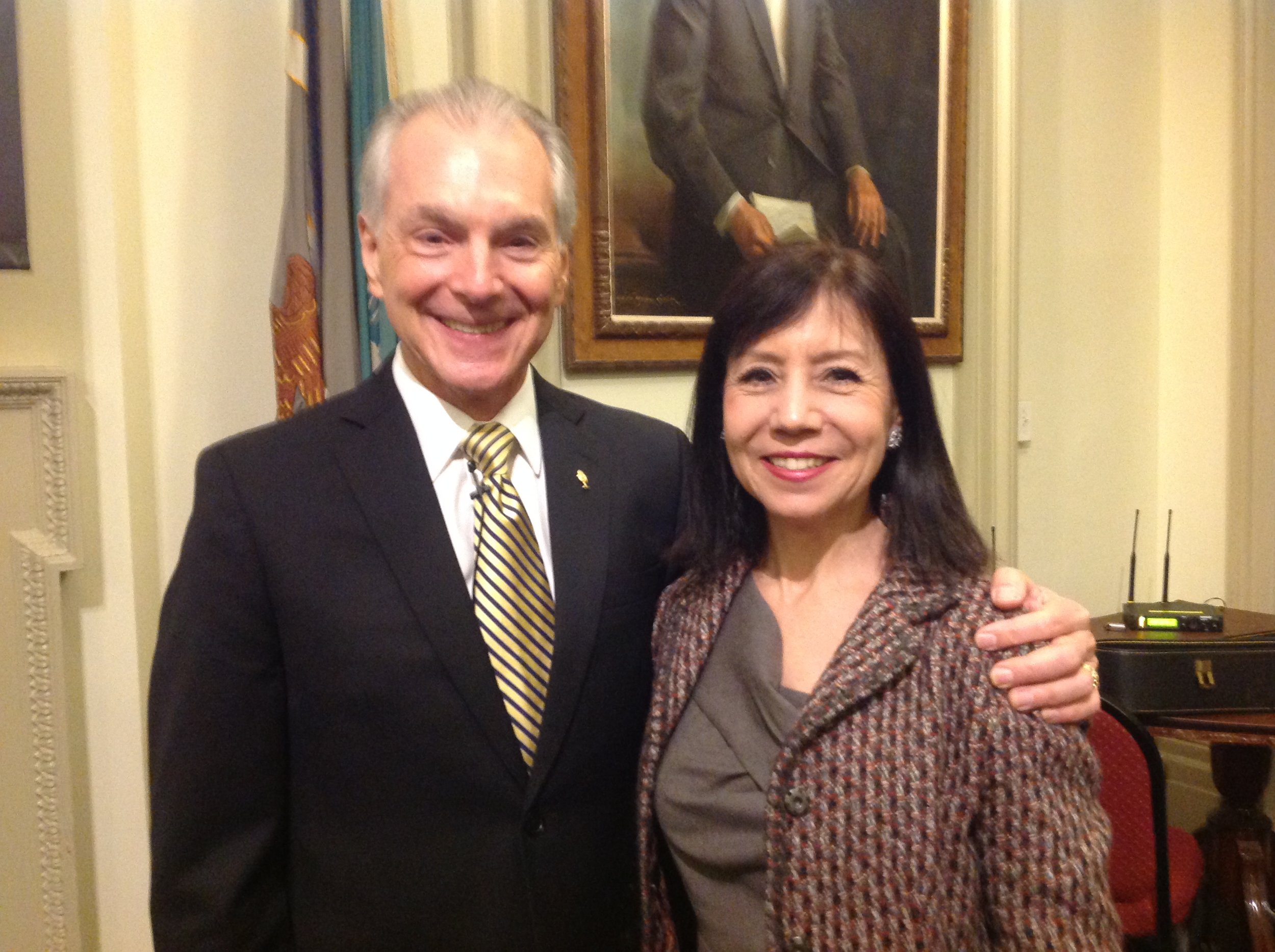 Jim Cathcart, motivational speaker and author of the
Jim Cathcart, motivational speaker and author of the For years I've been saying that speakers will need broadcasting skills. Well, the future is now. Recently, I was asked to do a
For years I've been saying that speakers will need broadcasting skills. Well, the future is now. Recently, I was asked to do a 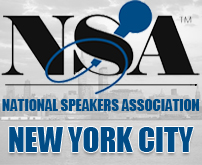 How do public speakers go from good to great to awesome? They attend the NYC chapter of the National Speakers Association. The guest speaker for November was executive speech coach,
How do public speakers go from good to great to awesome? They attend the NYC chapter of the National Speakers Association. The guest speaker for November was executive speech coach,  On Monday, I decided to try a test. I declared my intention that I was going to book business on that day. I didn't know how. I didn't know where it would come from. I didn't start calling a list of numbers. By late afternoon, I went to my inbox and there was an email. It said, "Could you send us dates when you are available?"
On Monday, I decided to try a test. I declared my intention that I was going to book business on that day. I didn't know how. I didn't know where it would come from. I didn't start calling a list of numbers. By late afternoon, I went to my inbox and there was an email. It said, "Could you send us dates when you are available?"
 Don't let your head be on the chopping block. Keep abreast of these three public speaking trends and your audience will gobble up your ideas.
Don't let your head be on the chopping block. Keep abreast of these three public speaking trends and your audience will gobble up your ideas.
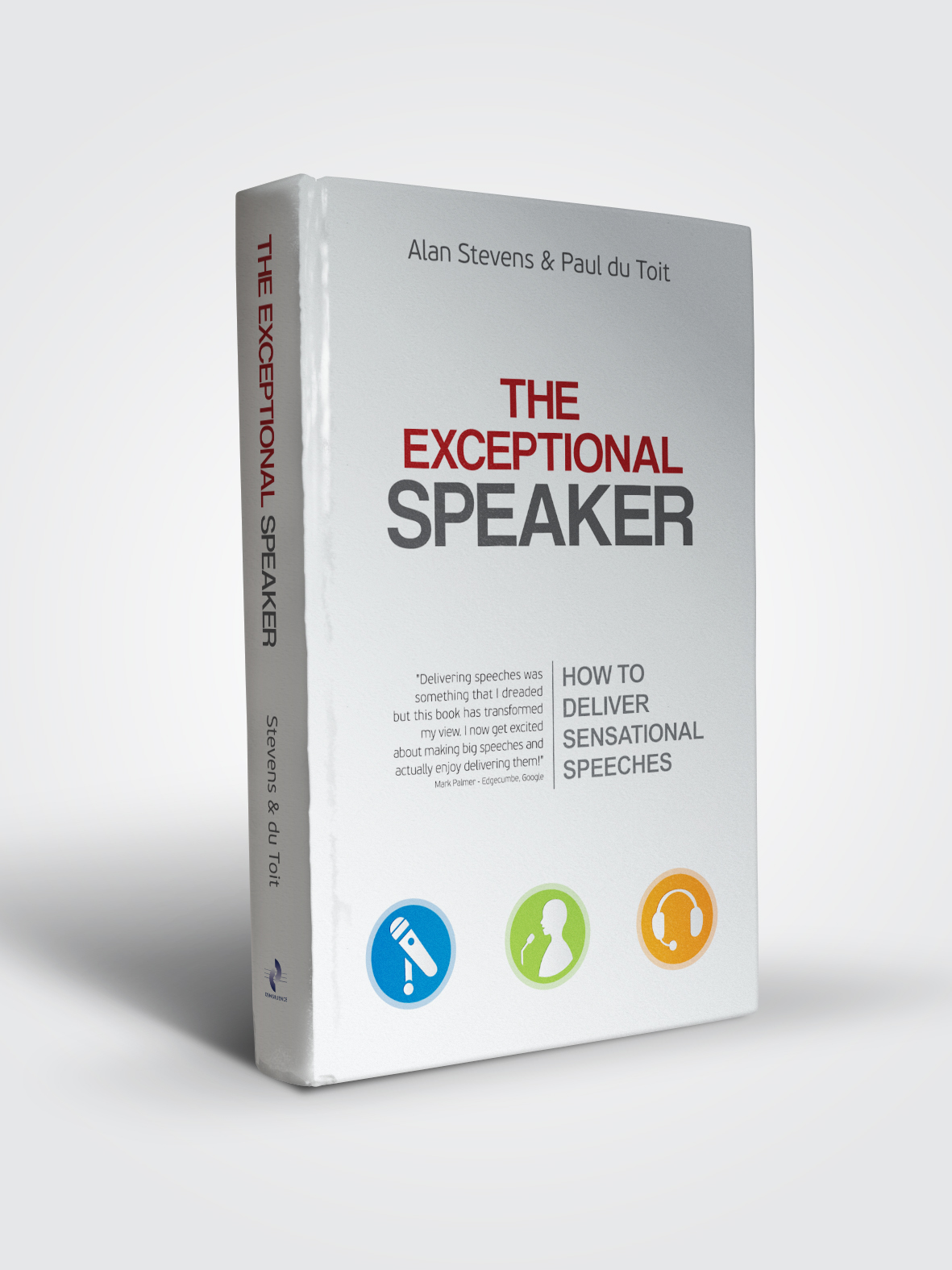 Do you want to be an exceptional speaker? My friends Alan Stevens and Paul Du Toit, from the U.K. have just published a book that shows you how. I saw them at the
Do you want to be an exceptional speaker? My friends Alan Stevens and Paul Du Toit, from the U.K. have just published a book that shows you how. I saw them at the  How did a college intern trump me in public speaking?
My marketing intern from Berkley College in New York City is from Korea and she is studying marketing as well as working on her English language skills. That was one of the reasons she was interested in interning with
How did a college intern trump me in public speaking?
My marketing intern from Berkley College in New York City is from Korea and she is studying marketing as well as working on her English language skills. That was one of the reasons she was interested in interning with 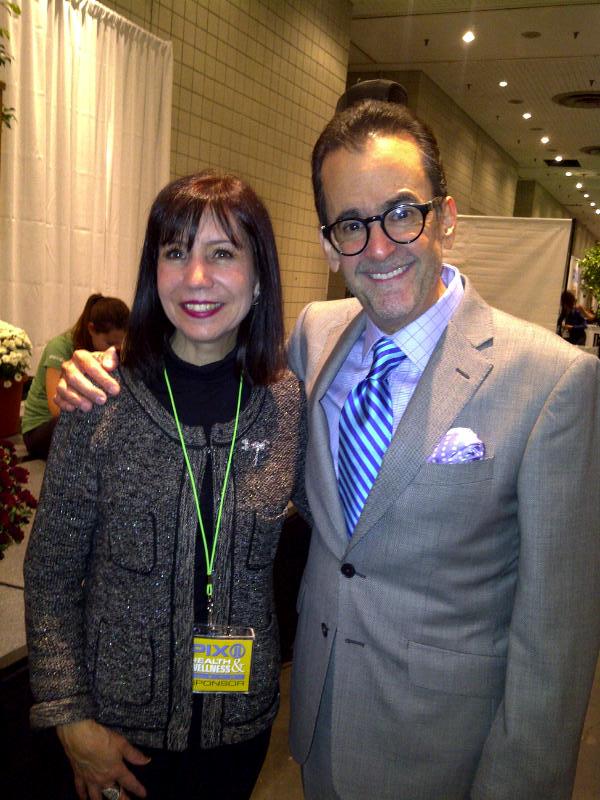 On Saturday, October 19, I spoke at the WPIX, Channel 11
On Saturday, October 19, I spoke at the WPIX, Channel 11 
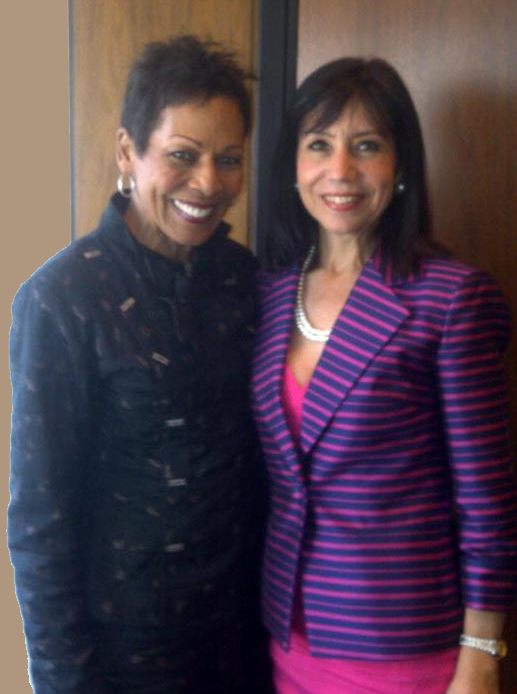
 New York, NY (October 10, 2013) – Diane DiResta, Founder of
New York, NY (October 10, 2013) – Diane DiResta, Founder of 






 There's a line from a World War I song:
"How you gonna keep 'em down on the farm
After they've seen Paris?"
There's a line from a World War I song:
"How you gonna keep 'em down on the farm
After they've seen Paris?"